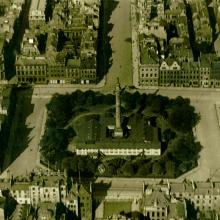
The Royal Scots Club at 29–31 Abercromby Place has uncovered fascinating and rarely before seen photographs of the building's original meeting rooms, taken shortly after the Great War.
Unlike today’s rather grand New Town accommodation, the first facilities were based in a complex of temporary buildings clustered around the Melville Monument in St Andrew Square.
The Royal Scots Club (RSC) was instigated in 1919 by Colonel The Lord Henry Scott (younger son of the sixth Duke of Buccleuch), who hoped that an institution open to all ranks would prove a fitting memorial to the 11,000-plus men of the regiment killed during the First World War.
A Memorial Fund raised £17,000 (equivalent to c.£5m today) and three years later premises at Nos 30–1 were acquired. Until then, the fledgling RSC occupied premises bought from the American YMCA which had built them in St Andrew Square in 1919.
This 'American Hut' had provided salubrious accommodation for 250 American troops and sailors on their way home from active service. It provided a 125-seat dining room and entertainment for up to 500 uniformed personnel. Such centrally located youth and gaiety proved an irresistible lure to troops and sailors of all other nations passing through the capital, and to many of the civilian population nearby who managed to gain entry.
One online article – which does not name its source, quotes a newspaper article of 14 March 1919 describing the Hut's:
'[...] "spacious lounge with an information bureau, a newspaper and postcard stand" and a kitchen with "the latest appliances". There were “conveniences such as shower baths and individual lockers” and it is said meals were excellent both in quality and value, costing 1s 6d for three courses, with tea, coffee, or cocoa to follow'.
That information bureau is perhaps visible towards the back of the room in the image below.
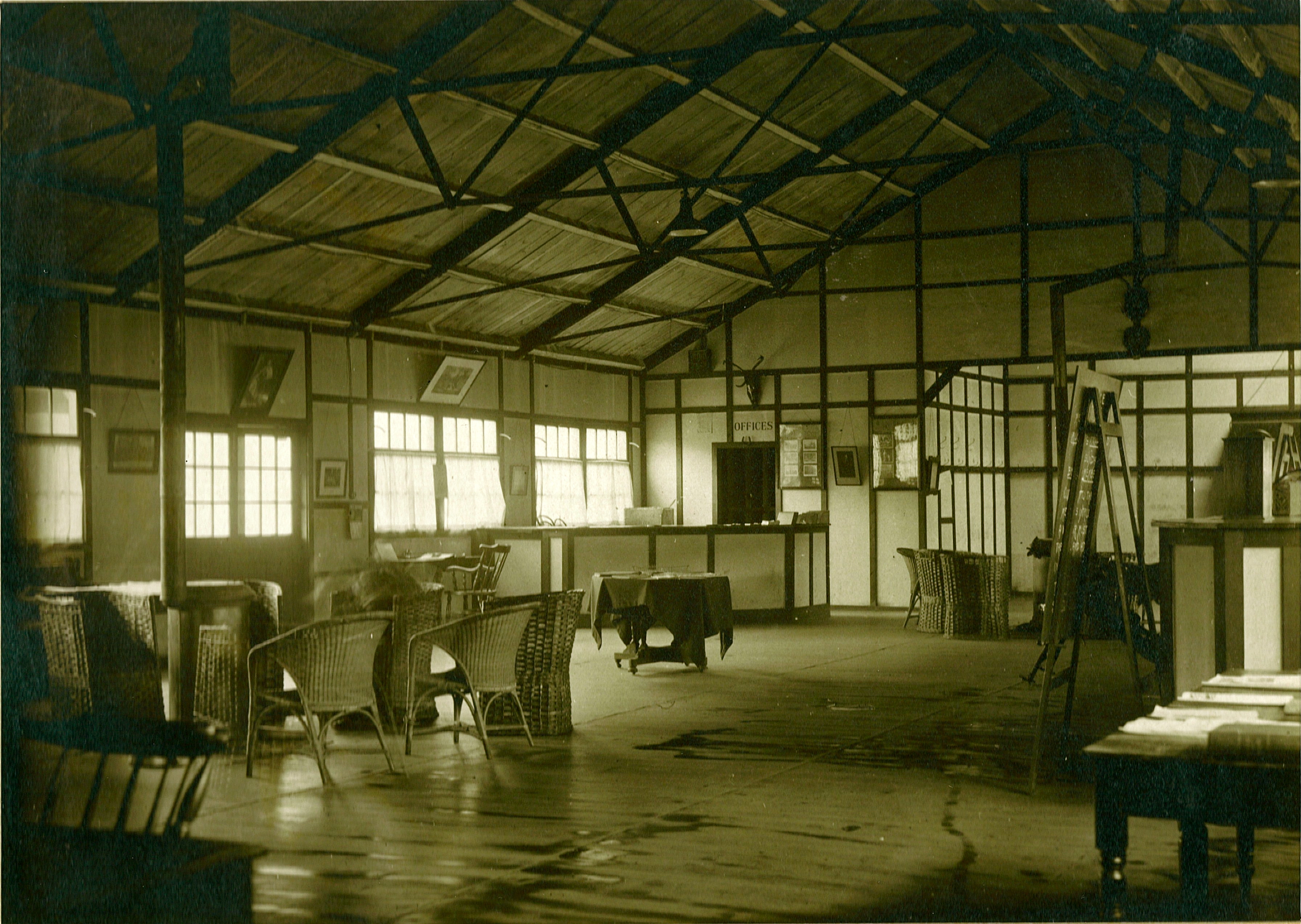
The blackboard with writing on the reverse also crops up in the picture below, where it is used to display the 'BILLIARD HANDICAP'. To the left is a machine gun, with a sign reading 'CAPTURED BY THE ROYAL SCOTS 4TH DEC. 1914'. Another sign reads 'JOIN THE TERRITORIAL ARMY'.
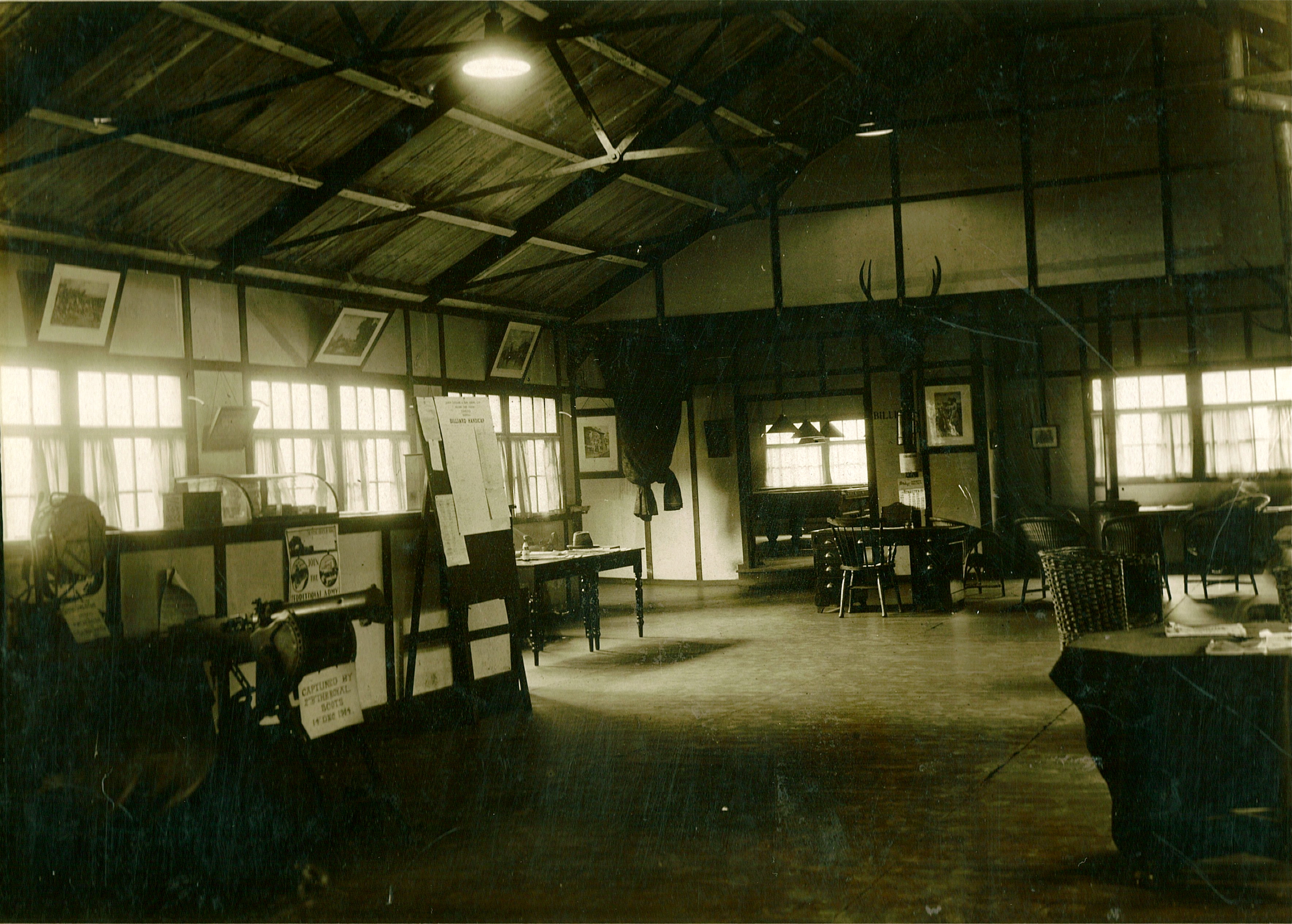
On the table before the window, a hat and bottle can just be made out, and the feet of an otherwise obscured person reclining against the wall (see close-up below).
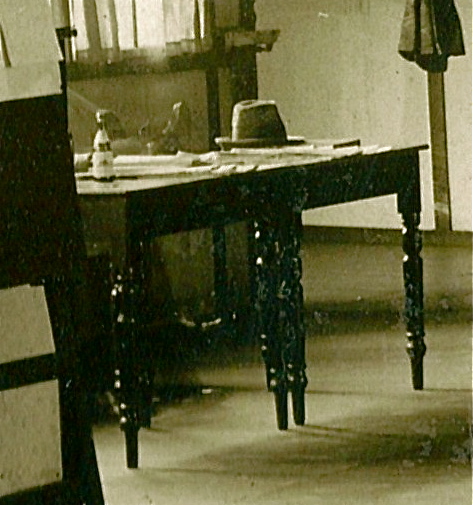
In the photo which follows, we see another view of this room, taken closer to the entry into the billiards room.
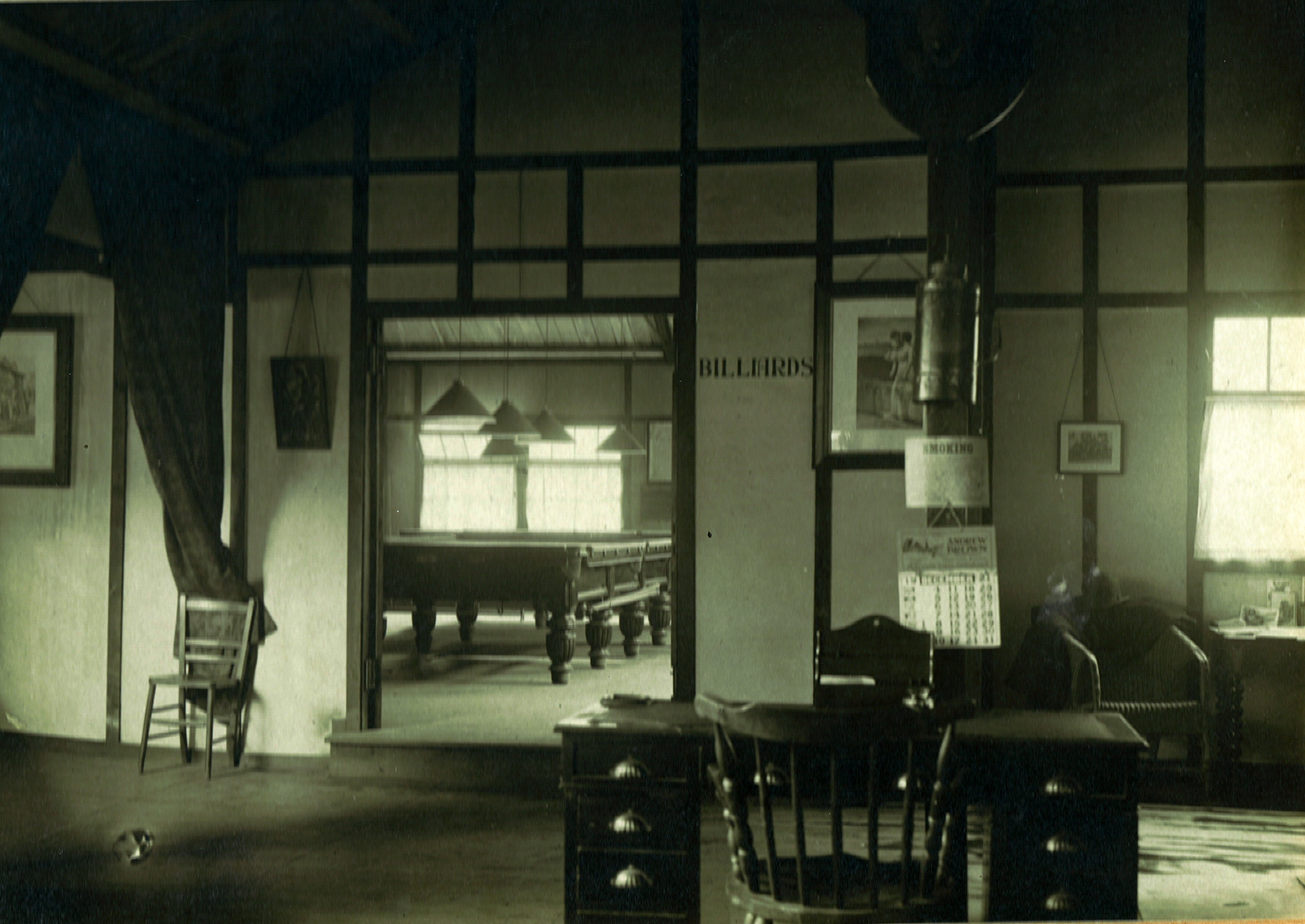
The calendar on the right suggests that – despite all the open windows and brilliant sunshine – the picture was taken in December 1921 (see close-up below).
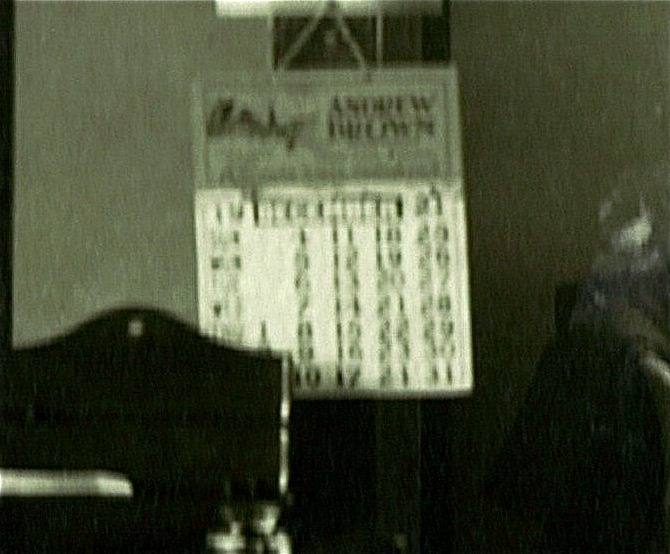
Next appears a rather joyless refectory, with two stoves for heating. Neither the departed Americans nor the Royal Scots seem to have gone in for carpets.
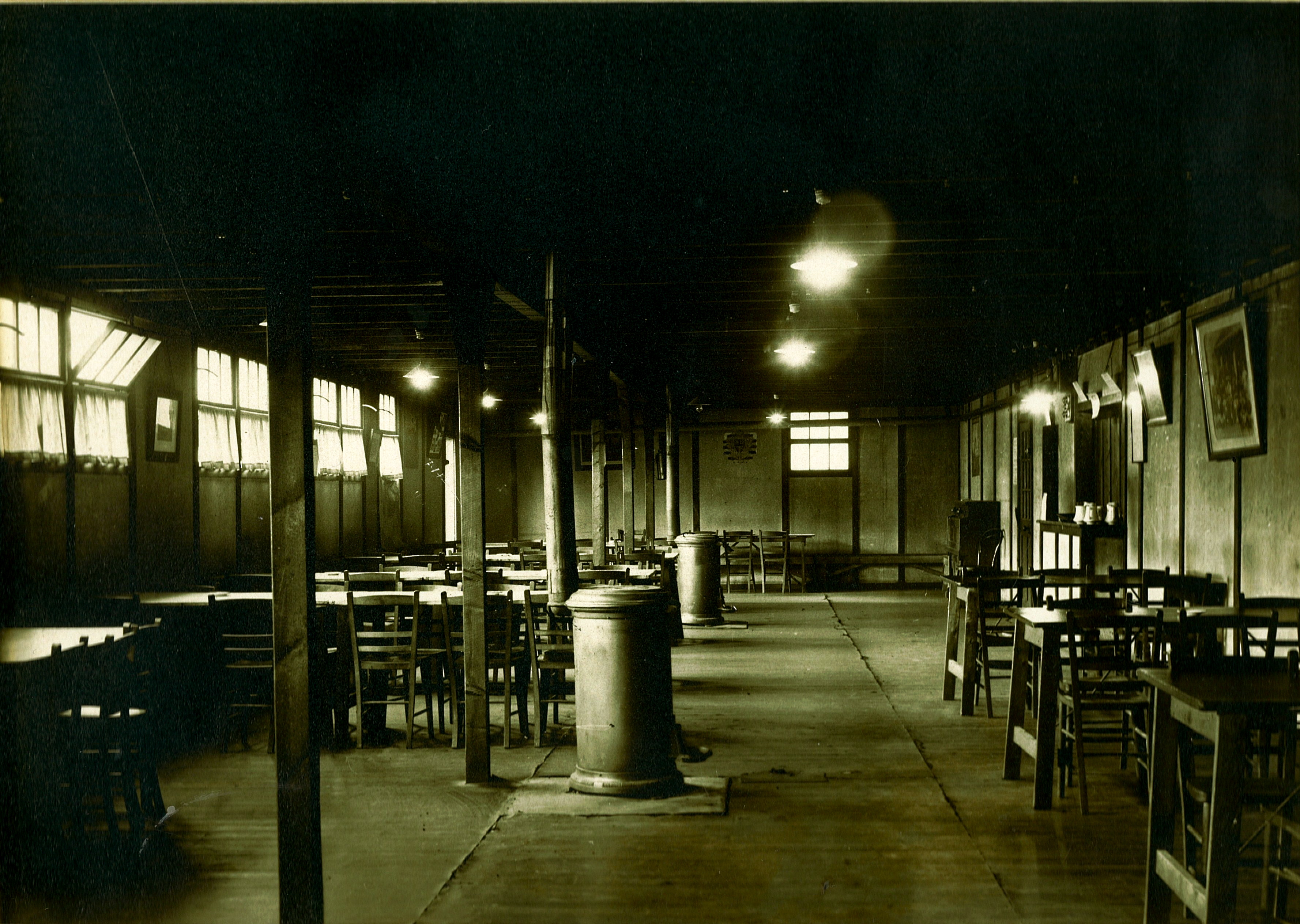
The framed photographs shown here were discovered by RSC staff at the back of a cupboard in the last month, and provide a convenient link to the Club’s current modernisation of business drop-in and meetings facilities.
The link may be tenuous, but we can't deny one of this Edinburgh institution's major conclusions: 'The difference between a venue with free wifi and modern rooms and the club as it was in 1919 is underlined by the photographs released this week.'